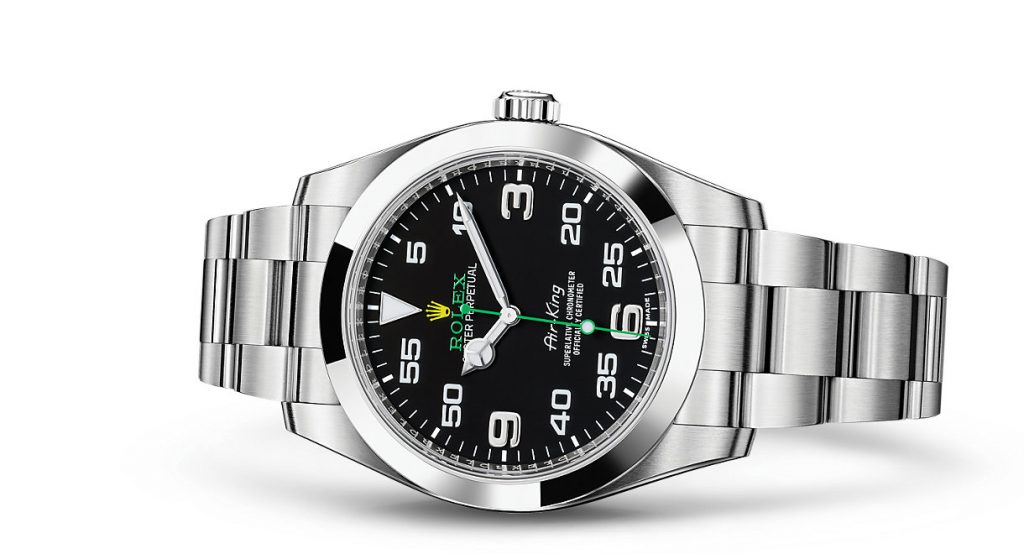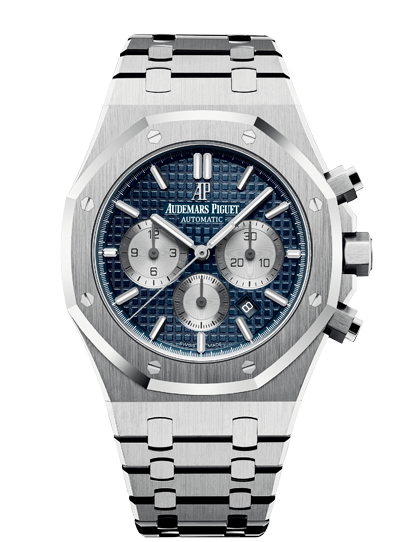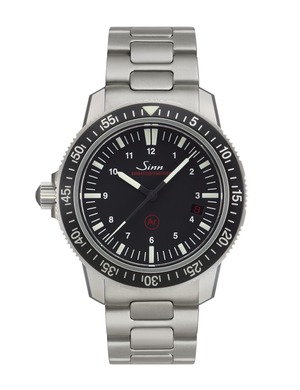Did you know that different types of stainless steel greatly determine the quality of wristwatches? In fact, many luxury watch brands like Rolex and Audemars Piguet put great emphasis on utilizing specific types of stainless steel to make top-quality wristwatches.
Under the theme of ‘Breaking Barriers,’ this month The Steel Wire invited Chanyong Park, an editor from Esquire Korea, to look at some of the world’s most well-known watchmakers and why they utilize certain types of stainless steel. Below is his take on different types of stainless steel that have been used to make some of the most iconic wristwatches.
Stainless Steel in Wristwatches
In general, wristwatches are made of stainless steel. Although other types of materials, such as gold, titanium, ceramics, and carbon, are often used, stainless steel provides excellent rigidity at a reasonable price. This is the reason brands like Rolex, Apple, and many other brands put great emphasis on utilizing stainless steel to make wristwatches.
What should be considered when choosing the material for your wristwatch? There are two main factors. The first is the sensitivity some people may have to the materials in stainless steel as they can cause allergic reactions or rashes.
Second is its ability to withstand a variety of conditions from hand washing to strong impact. In particular, it is important to have properties like corrosion- and shock-resistance. Wristwatches should also be able to withstand temperature changes and not become discolored over time. When taking these factors into account, stainless steel is an ideal choice.
Various Types of Stainless Steel
The grades of stainless steel are classified based on their composition of steel and non-steel materials. Because steel naturally rusts over time, other materials are added to prevent rusting. Steel can be classified into several distinct categories: 200, 300, and 900-series based on its composition.
300-Series Stainless Steel Types
- Type 301: contains iron, chromium, and nickel
- Type 302: consists a higher amount of carbon to make it stronger
- Type 304: most commonly used type of stainless steel
- Type 304L: contains less amount of carbon, used for welding
- Type 304LN: contains nitrogen to increase tension
- Type 316: second most widely used stainless steel, contains a small amount of molybdenum to resist corrosion
- Type 316L: contains less amount of carbon compared to 316
Type 316 and 316L are great materials for making wristwatches because they can both withstand extreme temperatures and are more corrosion resistant. They are also allergy-safe and are used to make medical devices.
Rolex and the Reason for 904L
Rolex, one of the most well-known luxury watch brands, puts great emphasis on using specific types of stainless steel. Instead of using the more common 316, it uses Type 904L. Although 904L is more difficult to make and consists of extra materials such as chromium, molybdenum, nickel, and copper, it has numerous benefits. It is more resistant to acids, has a harder surface, and appears brighter, making it suitable for modern wristwatches that are not only functional but decorative.

Rolex Oyster Perpetual Air-King (Courtesy of Official Rolex website)
Rolex utilizes 904L with the greatest of quality control. Since 904L is harder than other types of stainless steel, Rolex had to design its own new tools to work with 904L stainless steel. Once Rolex receives the material from its steel suppliers, Rolex casts and scans it. Rolex sends back steel that does not meet its standards, and re-melts and hardens the approved steel in order to eliminate any inclusions.
In using 904L, Rolex wristwatches stand out as they appear more polished, look warmer, and age extremely well. Rolex has been using 904L in watch cases since 1985 and from 2006, it began to utilize 904L in the band. If you ever wondered why your Rolex watch shines differently than your father’s, what you noticed was the difference between 316L and 904L.
However, for those with a nickel allergy, rashes can occur because 904L carries more chromium, molybdenum, nickel, and copper. Those who want to wear a Rolex watch but have a nickel allergy can either purchase an older version of the watch or simply replace the band.
The debate between 904L and 316L continues with watch lovers. Although some may argue that it is not necessary to use 940L due to nickel sensitivities, 316L and 904L are both highly recognized materials, even being used in medical devices.
Audemars Piguet and the Reason for 316L
Although Rolex uses 904L, there are many other brands that continue to use 316L and make even more expensive wristwatches. Audemars Piguet is one of them. Its Royal Oak, made from 316L, is considered to be the brand’s most iconic wristwatch. Royal Oak is unique among luxury wristwatches as it was one of the first to move to stainless steel in 1972. This broke with the industry standard of using gold in luxury watches.

Royal Oak Chronograph Automatic (Source: Official Audemars Piguet website)
Before the Royal Oak, stainless steel was typically seen in watches made for divers or pilots that focused on durability. Audemars Piguet was the brand that broke the rules by offering a luxury watch made from steel, following its slogan, “To break the rules, you must first master them”.
Royal Oak was a challenge for watchmakers with regard to surface treatment technology, design, and branding. There are two ways to treat the roughed-out surfaces of ceramic, one is brushing on the barrels and the other is polishing on all edges. Audemars Piguet alternately brushes and polishes each angle of the octagonal clock of Royal Oak. The key is to brush it in one direction. In 1972, the price of Royal Oak was 10 times more than the Rolex Submariner. However, Royal Oak succeeded manufacturing luxury brand watches with stainless steel.
Sinn and the Reason for 212
German watch manufacturer, Sinn, specializes in making shock absorbent watches that utilize a very unique type of stainless steel. It uses Type 212 from ThyssenKrupp, a type of stainless steel that is particularly resistant to seawater making it useful for diving.

Sinn Diving Watch EZM3 (Source: Official Sinn website)
According to its website, “Sinn was the first company to manufacture diving watches that complied with European diving equipment standards and the first to test and certify them for pressure resistance, water−resistance, and resistance to fogging.” The use of this specialized stainless steel has helped Sinn and other watch manufacturers take their watches to new levels.
Wristwatch technology began in England over 100 years ago and was further advanced in Switzerland. After two world wars, the concept of wearing a watch around the wrist spread, and then the Japanese-led quartz movement reshaped the market. The Swiss changed its strategy to turn watches into a luxury item, and now, American IT entrepreneurs are redefining it as wearable tech. Stainless steel’s use in such precision-dependent instruments is a testament to its value and capabilities.
*The author is a POSCO contributor. The opinions expressed are those of the writer.
| Chanyong Park is an editor at Esquire Korea and also a columnist of the ‘Icon’ series at The Gear, a Korean tech news site. |

